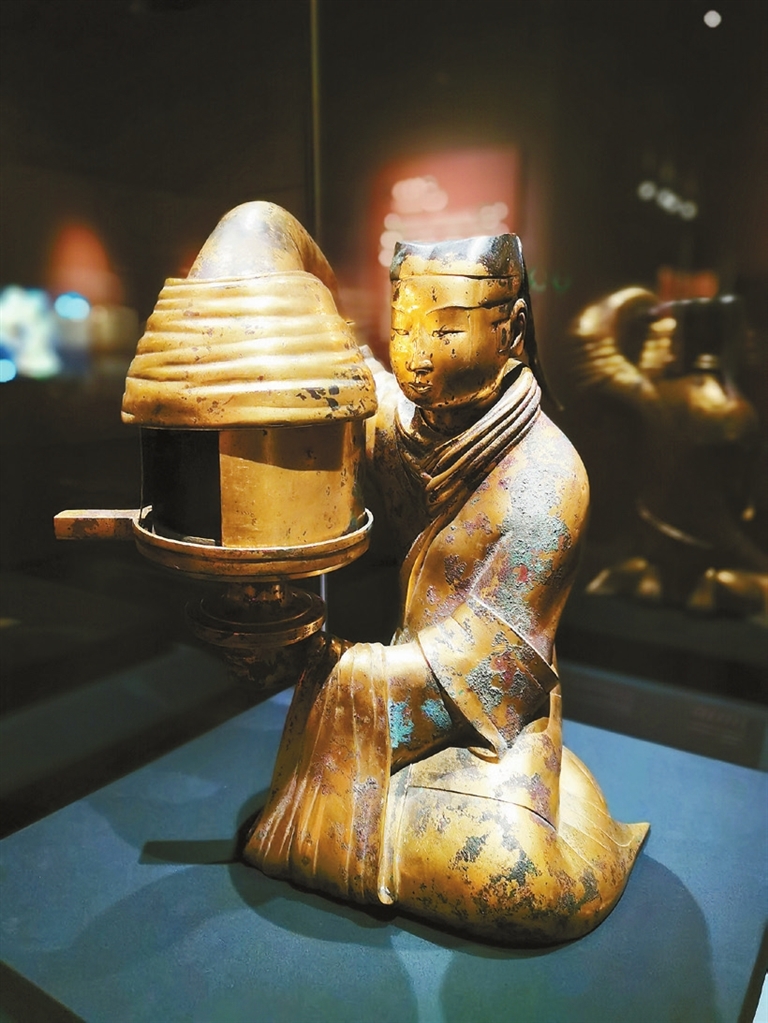
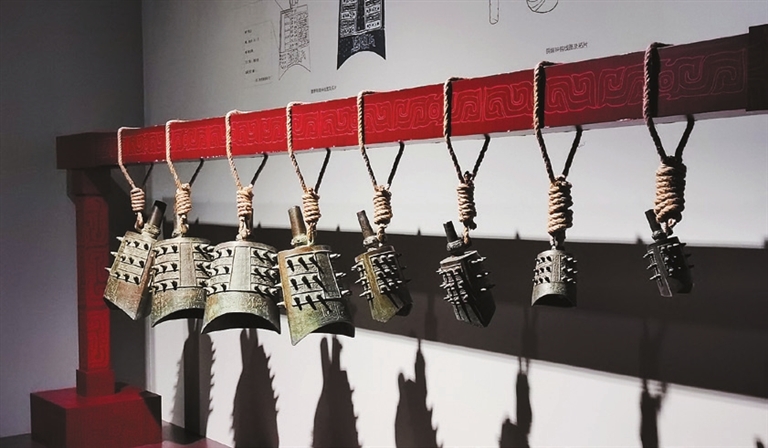
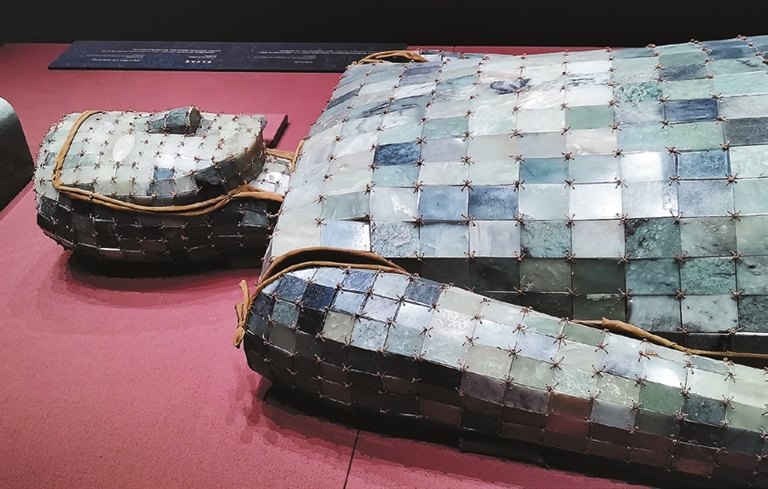
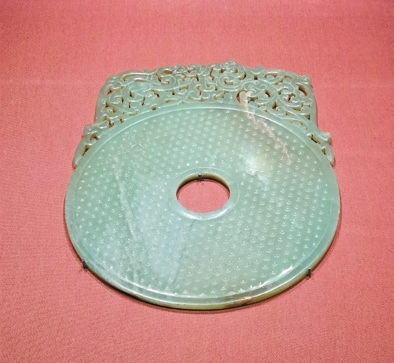
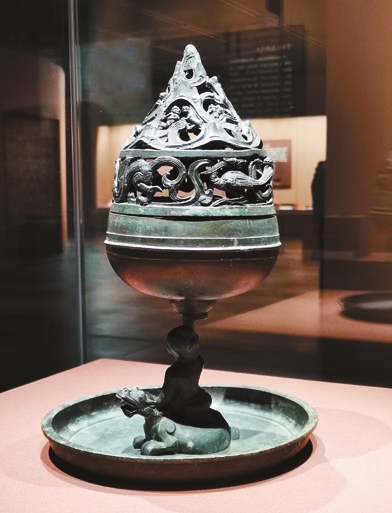
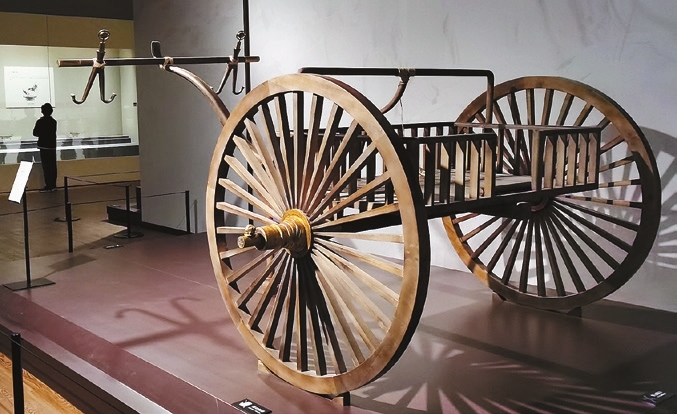

‘Hebei Province Han Imperial Court Cultural Relics Exhibition’ As a flourishing age in the Chinese feudal society history, the Han Dynasty (202 B.C-A.D. 220) established a systematic political, economic and cultural system, laying the groundwork for China’s feudal society. Hebei Province in North China is considered one of the birthplaces of Chinese civilization. During the Han Dynasty, Hebei was a more developed region, containing dozens of states. Many Han Dynasty cultural relics have been discovered in Hebei, especially in the tombs of the kings of the Zhongshan State in today’s Dingzhou City. These tombs are of high-standard construction and the unearthed cultural relics are exceptionally exquisite, presenting the luxury life of the vassal kings and reflecting the superb craftsmanship during the Han Dynasty. Visitors should not miss a jade suit and a replica of the Changxin Palace Lamp at the exhibition. Jade suits such as the one exhibited here are burial suits used by imperial members and aristocrats of the Han Dynasty. This jade shroud at the exhibition was for Liu Yan, a king of Zhongshan State. The pieces of jade are mostly rectangular and joined using gold wire threaded through small holes drilled on each piece. The Changxin Palace Lamp is in the shape of a kneeling maid. The maid’s left hand holds the tray in which blocks of animal fat were placed and she lifts up her broad-sleeved right arm to the top of the lamp. In an ingenious design touch, the sleeve serves as a tunnel through which the smoke is channeled into the maid’s body. The light’s direction and intensity can be adjusted by turning the lamp shade. Dates: Until Nov. 28 ‘Life of the Nobles in the Guo State During the Western Zhou Dynasty’ The State of Guo in the Zhou Dynasty (1046-256 B.C.) was a small vassal state that had territories in today’s Henan, Shanxi and Shaanxi provinces. When the Zhou Dynasty was founded, Guo Zhong and Guo Shu, two uncles of King Wu of Zhou, were bestowed the State of Guo. The state was later wiped out by the Jin State in 658 B.C., which was recorded in the famous literary quotations of “borrowing a road of the Yu State to wipe out the Guo State,” and “if the lips are gone, the teeth will be in danger.” Historians believe that there used to be five little Guo States which had territories in today’s Xingying (Henan), Baoji (Shaanxi), Sanmenxia (Henan) and Pinglu (Shanxi). Exhibits in Shenzhen are on loan from the Guo State Museum that was built on the burial ground of the Guo State in Sanmenxia. Most kings of the Guo State were high officials of the Zhou Dynasty. They assisted the Zhou kings in military expeditions and strategic decision-making. With their developed weapon manufacturing industry and a powerful military force, they exerted tremendous influence on the rising and developing of the Zhou Dynasty. Bronze items used in ritual ceremonies, wars and banquets and jade wares used for worship and as accessories symbolize the Guo State civilization. Together with other iron, stone, textile and pottery items, these exquisite exhibits reflect the political system, ritual customs, economic development and cultural achievements in the Guo State. Dates: Until May 15, 2022 Booking: WeChat account “nanshanmuseum” Venue: Nanshan Museum, Nanshan District (南山区南山博物馆) Metro: Line 1 to Taoyuan Station (桃园站), Exit B(Cao Zhen) | 
